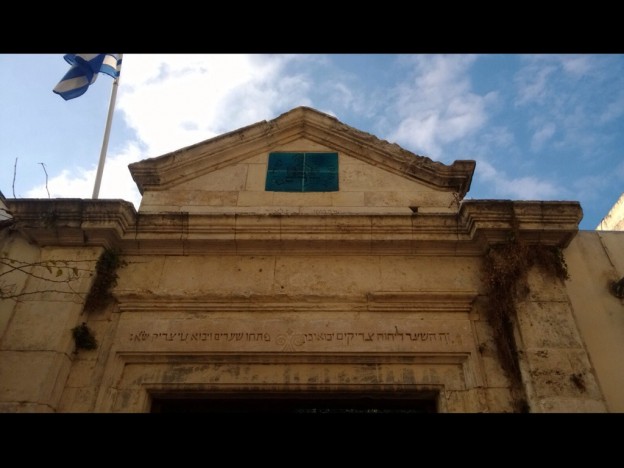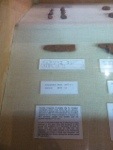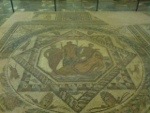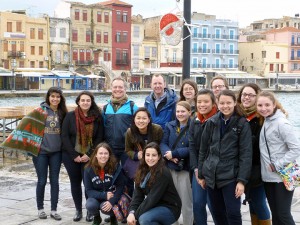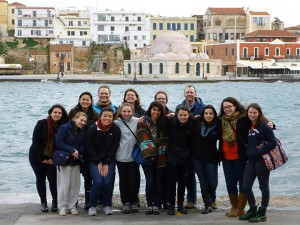Our afternoon visit to the Etz Hayyim Synagogue in Chania today was an enriching experience that shed light on an unexpected heritage in the midst of this historical town. The story starts out in the late fifteenth century, when the structure was built by the Venetians to serve as a Catholic Church. The building was placed at the heart of the Jewish neighborhood in Chania, which was closed off by gates each night from the rest of the town. The Jewish populace at the time consisted of approximately 600 individuals, and they were predominately Romaniote Jews.
It was explained to us that around the 17th century, when the Ottomans took charge of the island, the Jewish neighborhood was opened up to the rest, and the building was renovated and began functioning as a synagogue. During that time period, the Jewish population was also witnessing an increase in numbers – doubled to be more precise – as the expelled Jews from Spain migrated to Crete. To accommodate this rise in numbers, a second synagogue was built across the street.
However, the stability that had been maintained for centuries was interrupted in 1941, when Nazi Germany attacked the island. The bombings of Chania managed to destroy the newly created synagogue, but fortunately the Etz Hayyim Synagogue remained standing. The story tragically escalates in 1944, when the Nazis shut down the Jewish neighborhood and performed door to door arrests. All of those who identified as Jewish were transported to local prisons, then taken to Heraklion to be shipped off into the various concentration camps that were scattered around Europe. Only three people managed to evade capture, two men and a woman; she was the only one who remained in Crete. Those on the ship lost their lives while being transported, when the T’anaïs was sunk by an allied submarine.
After World War II, the building was abandoned until 1996, when a three year renovation plan restored the structure to its former glory. Today, it serves as a place of worship for a community of twelve Jewish residents of Chania and Heraklion, and to all others who are interested. This synagogue is considered to be the second oldest synagogue in Greece, and it is also mentioned in the top 100 most endangered sites in the world.

